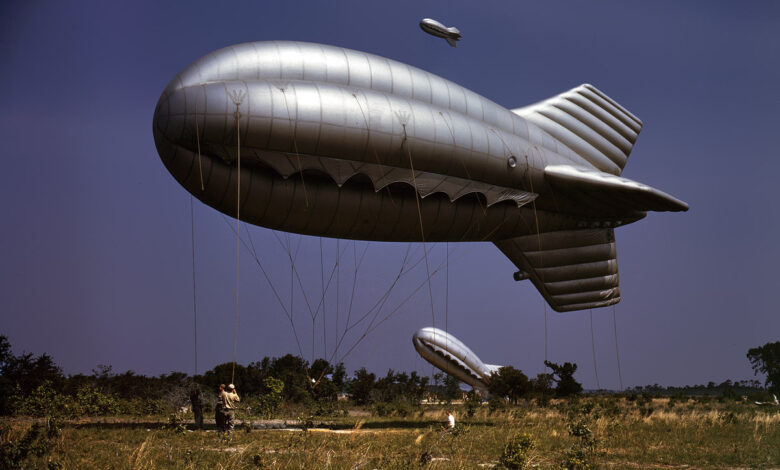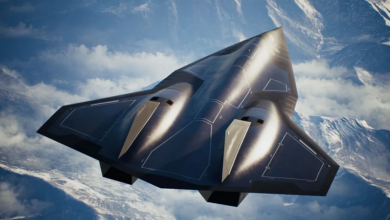History of Sky Reconnaissance: From Balloons to Fighter Planes

The Evolution of Aerial Warfare: From Balloons to Drones
Since humanity first learned to conquer the skies, aerial warfare has emerged as a tragic and complex chapter in the history of mankind. The very heavens, once seen as symbols of freedom and hope, have transformed into brutal battlegrounds. The roar of aircraft shatters the peaceful atmosphere, bringing with it smoke and destruction. Pilots face not only external enemies but also the internal struggles of fear and isolation as they embark on perilous missions that can determine their fates. The delicate balance between life and death is ever-present, with the hope of returning safely often overshadowed by the fragility of destiny.

So how has the history of aerial warfare and reconnaissance evolved over the past 200 years? Have we truly mastered the vast skies above? Join us as we explore this captivating journey.
The Early Days of Aerial Observation
Aerial reconnaissance has been a crucial aspect of military aviation development. In the late 18th century, the French were the first to experiment with hydrogen-filled balloons for battlefield observation. These massive balloons allowed soldiers to survey enemy positions from an astonishing altitude, providing a significant strategic advantage over traditional scouting methods that relied on horseback.
In 1794, the French established the world’s first air force, known as the “Aeronautical Company.” The ability to observe the battlefield from the sky changed the dynamics of warfare. During the American Civil War, balloonist Thaddeus Lowe demonstrated the military potential of balloons to President Abraham Lincoln, advocating for their use in the Union Army. The ability to see up to 50 miles away from these airborne platforms revolutionized military intelligence and tactics.
The Rise of Balloons and Their Military Applications
As technology advanced, so did the military application of balloons. Innovations enabled the incorporation of reconnaissance equipment and precision weaponry, enhancing the effectiveness of air operations. A medium-sized balloon with radar systems could now provide surveillance across vast areas, covering up to 750 kilometers. Balloons became a cost-effective alternative to expensive aerial platforms like drones and missiles, making them particularly valuable in asymmetric warfare scenarios.

Moreover, modern balloons often use helium instead of hydrogen, reducing the risk of fire and making them harder to shoot down. Historical accounts have shown balloons enduring hundreds of shots without igniting, merely drifting down after several days of service. This resilience has allowed them to serve as platforms for unmanned aerial vehicles (UAVs), providing continuous surveillance in regions lacking advanced air defense systems.
Technological Advances: From Kites to Drones
In the 1800s, British meteorologist Thomas H. Glaisher experimented with large fabric kites, attaching cameras to capture aerial images. His work laid the groundwork for future aerial photography and reconnaissance techniques. The first documented instance of aerial surveillance in American history occurred during the Spanish-American War, when a sergeant named William Eddy used a camera mounted on a kite to capture images of enemy positions.
The First World War marked the dawn of the era of unmanned aerial vehicles, referred to as “aerial targets.” These early drones served primarily as targets for live-fire training. By the Second World War, advancements in UAV technology had led to more sophisticated models, such as the Queen Bee, which was a reusable target controlled via radio waves.
The Cold War and the Advent of Satellites
During the Cold War, the United States and the Soviet Union engaged in an intense race for aerial dominance. The U.S. launched the Corona program, utilizing satellites for reconnaissance. These high-altitude missions provided invaluable intelligence on enemy capabilities and movements.
In 1960, the United States successfully captured aerial images of Soviet territory using spy satellites, marking a turning point in intelligence-gathering techniques. By the late 1980s, advanced air defense systems developed by the Soviets posed significant challenges for American aircraft, making aerial reconnaissance missions increasingly risky.
Modern Aerial Warfare: The Era of Drones
The introduction of stealth technology revolutionized aerial warfare. The F-117 Nighthawk, designed to evade detection, showcased the potential of modern military aviation. Equipped to carry nuclear bombs, the Nighthawk was a key player in strategic operations, able to penetrate enemy airspace with minimal risk of interception.
Today, UAVs play a pivotal role in aerial warfare. Their ability to loiter over targets for extended periods and gather intelligence without risking human life has transformed modern combat. As technology continues to evolve, the landscape of aerial warfare remains dynamic and complex, prompting new ethical and strategic considerations.
Conclusion
The history of aerial warfare and reconnaissance reflects humanity’s relentless pursuit of mastery over the skies. From the use of balloons in the 18th century to the cutting-edge drones of today, the evolution of aerial combat has reshaped military strategy and changed the course of conflicts throughout history. As we look to the future, the skies remain a battleground, where technology and tactics continue to evolve, shaping the very nature of warfare.




